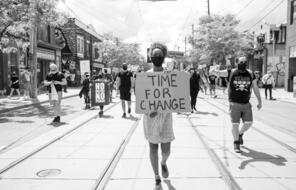Breadcrumb
The Lavender Scare: Gay and Lesbian Life in Post-WWII America
At a Glance
Language
English — USSubject
- History
- Human & Civil Rights
The Lavender Scare: Gay and Lesbian Life in Post-WWII America
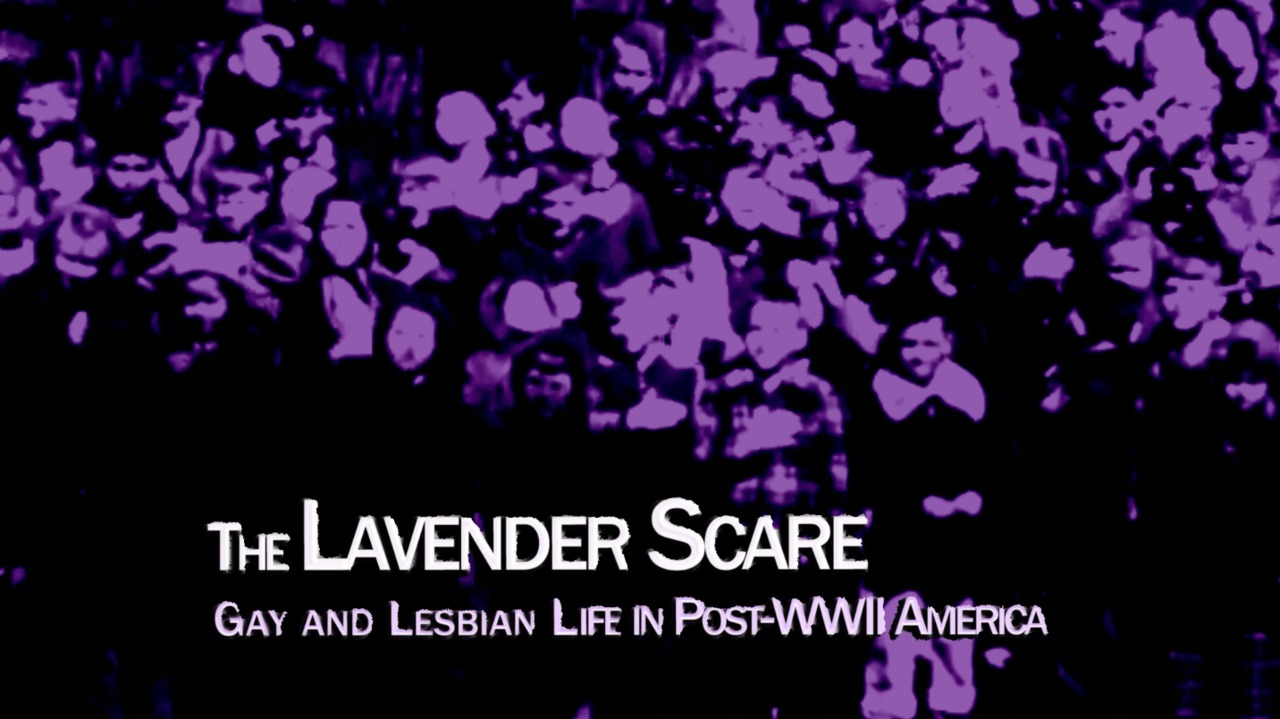
[MUSIC PLAYING]
The Lavender Scare, which we can locate historically in the period from the World War II era into the first decades of the Cold War, is a decades-long attempt by politicians and political officials to purge the federal government-- in the military and in other kinds of federal employment-- of homosexuals, of gay and lesbian people.
And this was a purging that coincided with the anti-communist fervor of the Red Scare. And so you have to see the Lavender Scare and the Red Scare as two manifestations, two legal, and political, and cultural manifestations, of anxieties about others.
[PIANO MUSIC]
People have engaged in same-sex relations and gender nonconformity throughout American history. But society's attitudes toward these behaviors and the people who identify by them have changed over time.
The term homosexuality entered the English language in the late 19th century. And within decades, there were many gay men and lesbians living openly in New York City.
(SINGING) My grandmother buys those tailor-made clothes. Grandfather tries to smell like a rose. Those masculine women and feminine men.
This new visibility combined with the nationalistic fervor of World War II would dramatically alter how gay men and lesbians were perceived in American society and how they were treated.
Popularity-- what is it made of? How does a person get to be popular with lots of people and have a few close friends too? Let's watch and see what makes people like one person and not another.
Nonconformity-- whether you're talking about gender nonconformity, or you're talking about sexual nonconformity, or you're talking about racial nonconformity, or other forms of nonconformity-- there's always going to be fear. And there always has been among people who construct themselves or conceive of themselves as somehow normal, as representing some kind of a norm, whether that's having white skin or that's being a native-born American, or being a man, or being straight.
All of these things are sort of norms that are constructed. They're socially constructed against some kind of an other. And then the fear arises out of that. So what you get in the period after World War II is just another manifestation of that, and one that becomes targeted towards people who are suspected to be or known to be homosexuals.
Shortly after the United States entered World War II in 1941, the military began to discriminate against gay men by issuing blue discharges. Dismissals printed on blue paper signified that the recipient was suspected of homosexual behavior.
The period following the war would prove even more burdensome for both gay men and lesbians, though, as fear of the Soviet Union's military might and its potential to spread communism swept the American social consciousness.
Here in Russia, you see the reason why we are spending billions of dollars in defense production, why your family is paying the highest taxes in our history. The leaders of Russia tell us their only concern is the defense of their own nation. Is this so? Or are they ambitious for world conquest?
And with the most deadly of all weapons available to the Russians, no peoples in the world can feel secure against this aggression.
As the Soviet Union was increasingly seen as a threat, ideological and behavioral conformity became paramount to what many considered an American way of life. As a result, those who did not meet the norms of the time were seen as dangerous and subversive.
It's a bomb. Duck and cover!
In this political moment, Joseph McCarthy, a senator from Wisconsin, rose to prominence by leading investigations to remove those he accused of communism and Soviet espionage from government positions, the military, and even the entertainment industry.
We have got to dig and root out the communists, and the crooks, and those who are bad for America.
Though he often lacked sufficient evidence to prove any wrongdoing, he had internal support from FBI director J. Edgar Hoover. And he also gained a vast public following.
But Joe McCarthy also-- at the same time that he was saying that he had a list of communists-- said he had a list of suspected homosexuals and that there was overlap in those lists.
McCarthy and others initially claimed homosexuals, the males of which many people referred to at the time as lavender lads, were a security threat because they could be blackmailed to provide state secrets to the Soviets, though no evidence suggests this ever happened.
As investigations continued, both gay men and lesbians were increasingly targeted simply for being what McCarthy called threats to the American way of life.
And so this anticommunism that was a characteristic of the Cold War, fueled by the fear of war with the Soviet Union, was yoked together with this anti-homosexuality.
And it becomes codified, in a legal or public policy sense, when Dwight Eisenhower signs an executive order, 10450, in 1953. This was the mandate that the federal government would preside over the purging of homosexuals in the military and in federal employment.
By 1954, the US government was dismissing as many as 60 people from civilian government positions per month for suspected homosexual activity, often without providing any evidence beyond rumor or hearsay. And although the McCarthy trials would end in 1956, the Lavender Scare continued to have consequences on gay life that would last for decades.
First, it contributed to a more hostile environment for homosexuals in the broader American culture, in which an incorrect and harmful association between homosexuality and sexually predatory behavior, perversion, and mental illness became increasingly common.
People during that time who were suspected of homosexuality had electric shock therapy, castration, conversion therapy. The origin of conversion therapy is during this period of time. They were under siege. They were subjected to all sorts of threats.
The discrimination gay men and lesbians faced increased the number who tried to live in the closet or hide their sexual orientation. But it also had another major impact. It brought them together as a community, and in turn, helped birth a protest movement for equality.
[PIANO MUSIC]
Over the decades during which the Lavender Scare is occurring, you have the emergence of the first gay organization with the Mattachine Society in 1950, the first lesbian organization with the Daughters of Bilitis in 1955, and another gay and lesbian group, the Janus Society in 1960, that were really meant to be places where gay and lesbian people could gather, where they could recreate that world and culture that we saw in places like New York in the prewar period.
These were the folks who organized the first public protests of the Pentagon, of military recruitment facilities, of federal agencies, all of whom were discriminating against gay and lesbian folks.
These early activists laid the groundwork for a much larger and more confrontational gay liberation movement in the late 1960s. But despite their efforts, the legal and social ramifications of the Lavender Scare and Executive Order 10450 were far-reaching. The legislation stayed in place until 1995 and resulted in the dismissal of more than 5,000 federal employees in its 40-year span.
Perhaps even more damaging, though, was the long-lasting stigma that came with tying homosexuality with anti-Americanism and subversion.
American history is filled with these examples of people whose identities are somehow other, outside the norm, being vilified, being marginalized, being excluded because they're somehow imagined as being ideologically beyond the pale. That their ideas are radical, their world view is radical and so therefore they are radical.
It's both an identity prejudice and an ideology anxiety. And when those two things conspire or converge in the minds of those in power, we see great instances of injustice.
[PIANO MUSIC]
The Lavender Scare: Gay and Lesbian Life in Post-WWII America
You might also be interested in…
10 Questions for the Past: The 1963 Chicago Public Schools Boycott

Vies volées: Les Peuples Autochtones au Canada et le régime des pensionnats
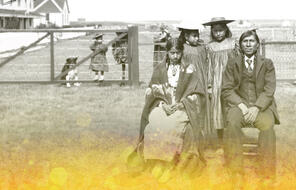
Memphis 1968
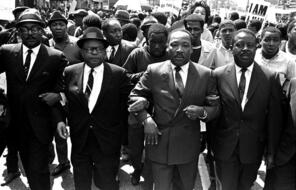
A Contested History
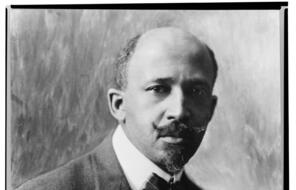
Defining Freedom
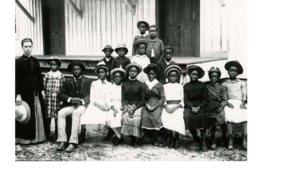
The Political Struggle, 1865–1866
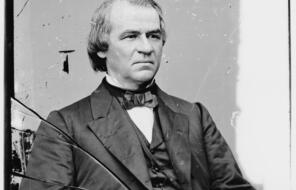
Interracial Democracy
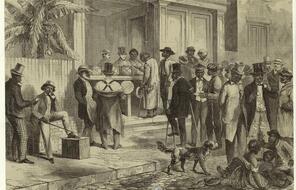
Violence and Backlash
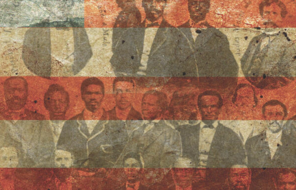
Legacies of Reconstruction
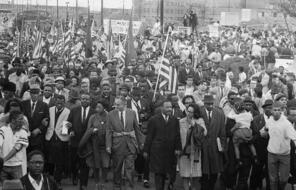
The World the War Made
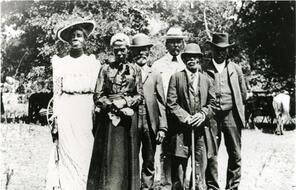
The Reconstruction Era 3-Week Unit
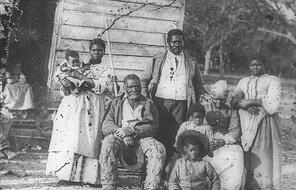
Creating a Society That Ensures Safety for All
